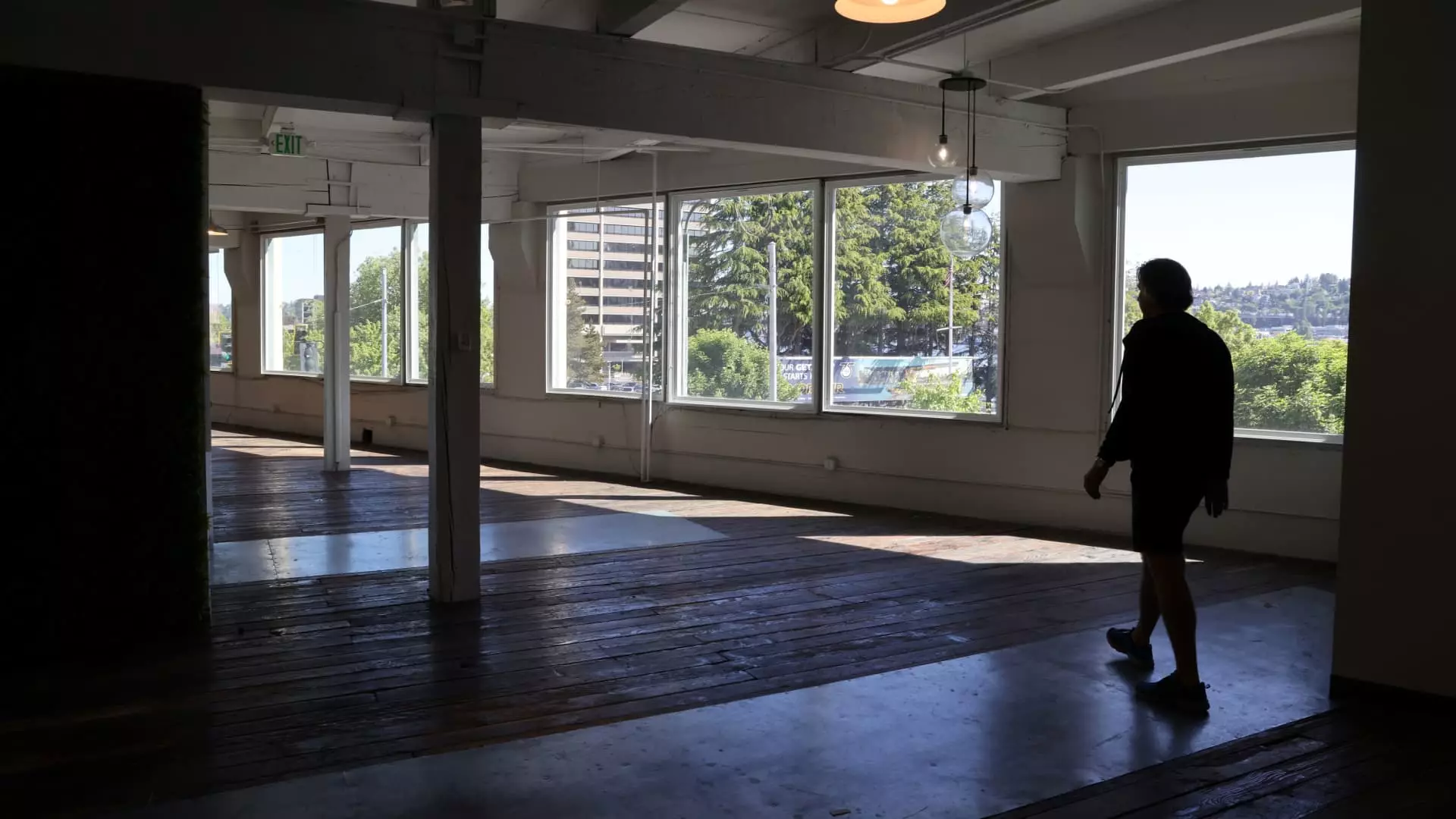For years, the U.S. office market has been on life support. A persistent decline fueled by changing work habits and the pandemic has left many commercial real estate investors on edge, nervously watching as vacancies skyrocketed to staggering levels. The predictive algorithms have proven correct; according to analytical reports, the market is entering a pivotal transformation—one that could redefine the way we perceive workspaces. It’s not just a gradual change; we’re witnessing a paradigm shift in how we engage with work, a seismic tremor felt across various industries, and it’s about time that educators, families, and policymakers discuss the future we want to shape.
This year, a historic shift is upon us: demolitions and conversions of office buildings are expected to surpass new construction for the first time in over 25 years. Yes, for the first time this century, the trend indicates that the quantity of office space available is beginning to shrink. The commercial real estate landscape, meticulously tracked by the CBRE Group since 2018, is now confronting the reality that more square footage is being repurposed than built due to the ongoing fallout of the COVID-19 era. In major U.S. metropolitan areas, 23.3 million square feet of office space are poised for demolition or conversion, outstripping the mere 12.7 million square feet under construction.
The New Normal: Accommodation or Domination?
It’s crucial to assess the psychological and cultural implications of such a shift. As employers issue more mandates for in-person attendance, are we witnessing a genuine awakening to the benefits of collaboration, or simply a regression to outdated norms? The office vacancies still hover around a worrying 19%, a testament to the duality of desire for community and discomfort with a bygone era. After six consecutive quarters of negative net absorption, the recent recovery—evidenced by an 18% uptick in office-leasing activity during the first quarter compared to last year—is enticing, though not without caveats.
Yes, businesses are encouraging their employees back to their desks, but shouldn’t the core discussion focus on how this affects employee welfare and work-life balance? The happiness of workers should take precedence over corporate square footage; yet, the realities of a tightening labor market have many accepting in-person roles, even those advocating for hybrid models.
This situation creates a false narrative of job security at the expense of individual autonomy. Employees are thrust back into an office environment without adequate preparation for how their lives may shift yet again, losing the flexibility many have come to cherish.
Future Visions: A Balancing Act
As our society grapples with these complexities, there is a silver lining: the conversion of traditional office spaces into residential areas. Developers are zoning in on the indisputable truth—over half of the impending office space will soon be converted into living quarters, creating approximately 43,500 new apartments and condominiums. This conversion approach does not only mitigate the issue of office vacancies, it also addresses housing shortages, making a tangible difference in the communities that need it most.
The comments of industry experts indicate a sense of cautious optimism; as Jessica Morin of CBRE highlights, eliminating obsolete office spaces may lead to revitalized neighborhoods. While that prospect is attractive, it begs the question: how sustainably and inclusively are these spaces transformed?
High costs for construction labor and materials could pose significant obstacles in achieving this vision. Moreover, as the pool of ideal buildings dwindles, are we setting ourselves up for failure if we lean too heavily on renovations rather than innovative new constructions?
Rethinking the Workspace
In this turbulent atmosphere, the future of work should not just be about rent stabilization or market resilience; it should prioritize the emotional and psychological well-being of individuals. This transformation calls for a collective dialogue—business leaders, educators, families—it’s a cultural crossroad. We should not merely oblige to the demand for space but systematically rethink what our workspaces ought to symbolize.
While the era of office space as we have known it may slowly ebb away, it opens new doors for imagination and innovation. The pressure is on leadership to balance economic realities with a genuine commitment to creating workplaces that cherish human capital. It is by reconfiguring our spaces and expectations that we can hope not only to survive but to thrive in the new era of work.

